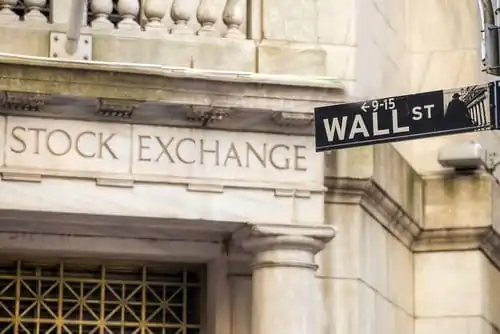One of the most interesting things when trading financial markets is to interpret correlations. They come and go constantly, and no one quite knows how long a correlation will last – for instance, the current Dow Jones and EURUSD correlation.
Since the coronavirus outbreak, the two markets enjoyed a direct correlation rarely seen before. They rise and fall together, a correlation visible from lower to higher timeframes.
Correlations have various degrees. Also, they are direct or inversed. For instance, a famous direct correlation in financial markets is the one involving the crude oil price and the Canadian Dollar. When oil falls, the Canadian Dollar follows.
Risk-On/Risk-Off Move Back in Fashion
One explanation for the recent Dow Jones and EURUSD direct correlation is the return of the risk-on/risk-off environment. This is not something new to financial markets; only the actors differ.
Back in time, before the Great Financial Crisis of 2008-2009, the risk-on/risk-off environment was dominated by the Dow Jones correlating with the USDJPY pair. They moved hand in hand, almost by the pip point. The explanation was that the JPY was the currency with lower funding costs, and investors used the carry trade to borrow in JPY to buy US stocks.
Nowadays, the race to lower interest rates to the bottom led to many central banks moving them below zero. Thus, the JPY is not the only available alternative anymore – other ones exist.
Dow Jones and EURUSD Direct Correlation – A Technical Outlook
The direct correlation between the two markets tightened since the start of the pandemic. This usually happens when the financial market’s usual drivers (e.g., regular economic news) fall in second place as importance. All eyes are on how the stock market perceives the current economic situation, and different financial assets move in a correlated manner.
Since March this year, the EURUSD followed Dow Jones religiously. Each market swing higher or lower in the EURUSD pair came from the DJIA. That was especially true during the US opening hours, and not in after-hours trading, explaining the differences between the two markets.
Levels to Watch on Dow Jones and EURUSD
For the Dow, the 30k is of significant importance. Not only that the index will make a new all-time high on such a move, but it represents a psychological level – the level it got rejected at the start of the current crisis. To trade it, simply ride the current bullish trend, having a stop at 25k and targeting 30k for a healthy 1.5 rr ratio.
As for the EURUSD pair, 1.13 is pivotal. It is the level that offered resistance right after Trump’s election in 2016 – poised to offer support on any move lower. To trade a possible pullback to the level, 1.1550 should act as a tough resistance and an invalidation for a move to 1.1250-1.13 area.
Don’t miss a beat! Follow us on Telegram and Twitter.
Dow Jones and EURUSD Price Forecast
More content
- Download our latest quarterly market outlook for our longer-term trade ideas.
- Follow Mircea on Twitter.
- Do you enjoy reading our updates? Become a member today and access all restricted content. It is free to join.


